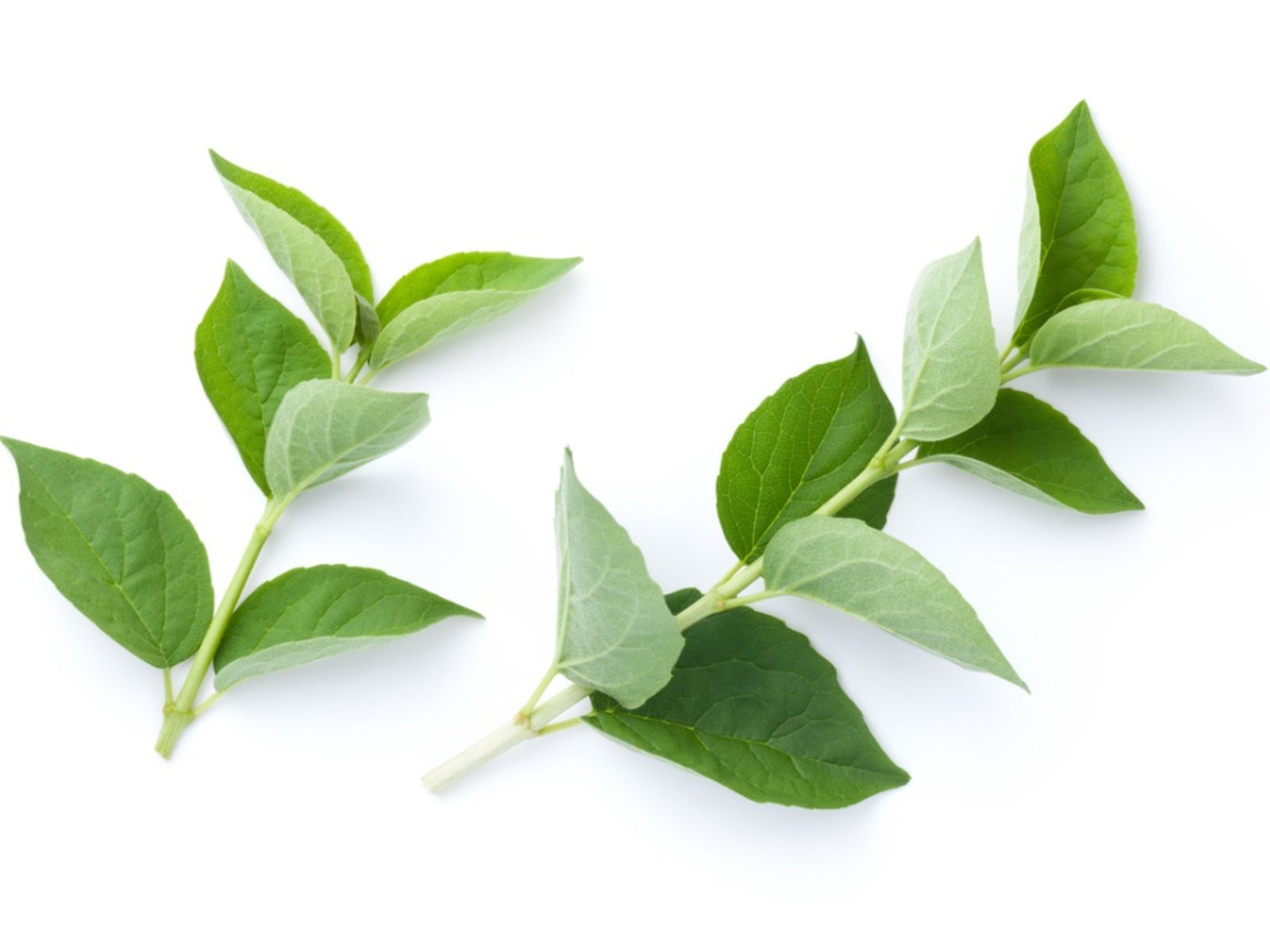What Keeps Jasmine Plant From Flowering and What You Can Do
If your jasmine plant is not flowering you’re missing out on the best thing about it. Check your growing conditions and get that plant blooming again!

What Leads To Jasmine Not Flowering And What You Can Do About It
If your jasmine is not flowering, you’re not getting its best asset! Jasmine is a group of flowering vines known for their pretty blooms and fragrance. There are deciduous and evergreen jasmines, vine, and shrubs. You’ll also find plants called jasmines that aren’t true jasmines. Nevertheless, all of these species produce flowers and smell nice. We’ll help you troubleshoot why your jasmine plant’s not flowering.
What Jasmine Needs to Thrive
If your jasmine won’t flower, start by learning what it needs to grow and thrive. If you are not currently providing the best conditions for jasmine, it might not bloom. Most jasmines grow in warmer climates and are only hardy to about zone 7 in North America. If your winters get too cold for the species you grow, this could result in a lack of flowers.
Jasmine needs full sun to partial shade. To flower, it should have at least six hours of bright sunlight per day. Winter-blooming jasmines tolerate a little more shade than the summer types. Jasmine grows best in rich, loamy, moist soil that drains well and is neutral to slightly alkaline.
Water jasmine about once a week or more often during dry conditions. It does not need much fertilizer unless you have poor soil. Regular pruning after flowering helps a jasmine stay neat and at a reasonable size.
My Jasmine Plant is Not Flowering
There are a few things that could explain why your jasmine isn’t flowering. Provide it with all the right conditions, and then consider these possible factors that can be corrected:
- Cold winter. There is some variation in hardiness in jasmine types, but most do not tolerate very cold winters. If your jasmine has gotten too cold but survived, it might not flower the following year. Determine what type of jasmine you have and if you are growing it in an appropriate zone. If you are just a little outside its hardiness zone, some protection in the wintercan help.
- Too much fertilizer. Unless your soil is poor, jasmine doesn’t really need fertilizer. If you have been fertilizing it with a product that has a lot of nitrogen, it might stop blooming. Nitrogen supports leaf growth and causes a plant to put more energy into the foliage than the blooms. If you have poor soil, try mixing in compost and avoiding fertilizer for a while.
- Too much shade. Most types of jasmine, especially summer-blooming jasmine, need at least six hours of sunlight per day. Although it will still grow vigorously in these conditions, too much shade can prevent these plants from blooming.
- Late pruning. Time pruning of jasmine to just after flowering. Pruning too late in the season can interfere with next year’s blooms. Do the most intensive pruning after blooms fade and do no pruning or only light pruning at other times.
- Soggy roots. Jasmine won’t tolerate sitting in water. If your soil doesn’t drain well, or you have overwatered it, it might not bloom. Let the soil surface dry between watering and amend any drainage issues.
- A too-large container. If you grow jasmine in a container, it should be root-bound to bloom properly - it likes being a little crowded. Don’t repot a jasmine until it is really necessary, and then, only go up a little bit in size.
- Inadequate winter rest. Potted jasmine house plants should be given time to rest in the dormant season. Make sure it sits in the dark at night. Reduce watering and stop fertilizing. If it doesn’t have time to rest in the off-season, a potted jasmine might not bloom.
Jasmine is prized for its fragrant blooms, so it can be very disappointing if you’re not seeing any. Follow these tips and provide the best conditions for jasmine to ensure regular fragrant flowers.
Gardening tips, videos, info and more delivered right to your inbox!
Sign up for the Gardening Know How newsletter today and receive a free copy of our e-book "How to Grow Delicious Tomatoes".

Becca Badgett was a regular contributor to Gardening Know How for ten years. Co-author of the book How to Grow an EMERGENCY Garden, Becca specializes in succulent and cactus gardening.
-
 Looking For Plants To Give You The Soft And Fuzzies? Try These 5 Fuzzy Leaf Plant Options
Looking For Plants To Give You The Soft And Fuzzies? Try These 5 Fuzzy Leaf Plant OptionsLovers of texture, drama, silver foliage and tactile plants will adore these special sensory garden additions. These fuzzy leaf plant options will leave you all aglow
By Susan Albert
-
 Get Ready For A Summer Of Hummers! Grow These Full Sun Hummingbird Plants and Flowers
Get Ready For A Summer Of Hummers! Grow These Full Sun Hummingbird Plants and FlowersIf you’re lucky enough to enjoy a sunny backyard, make sure you are maxing out on your pollinator opportunities and grow these full sun hummingbird plants and flowers
By Tonya Barnett
